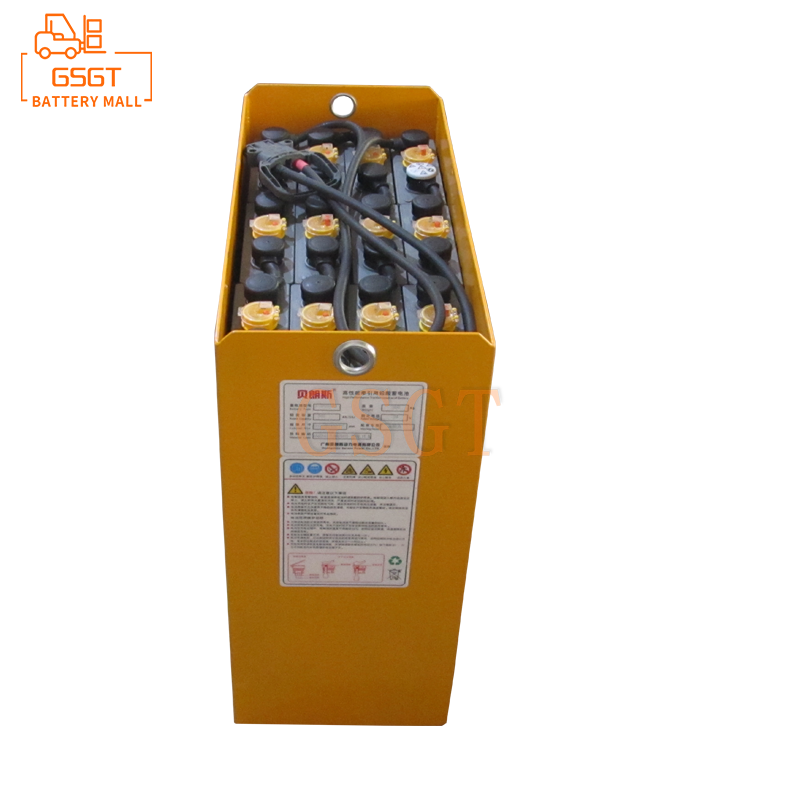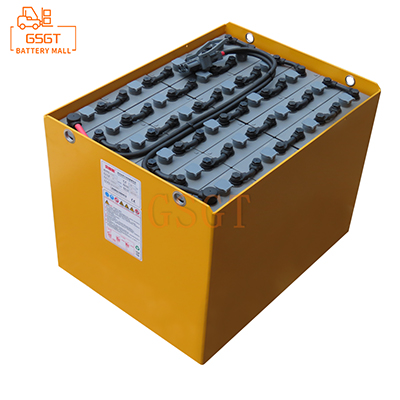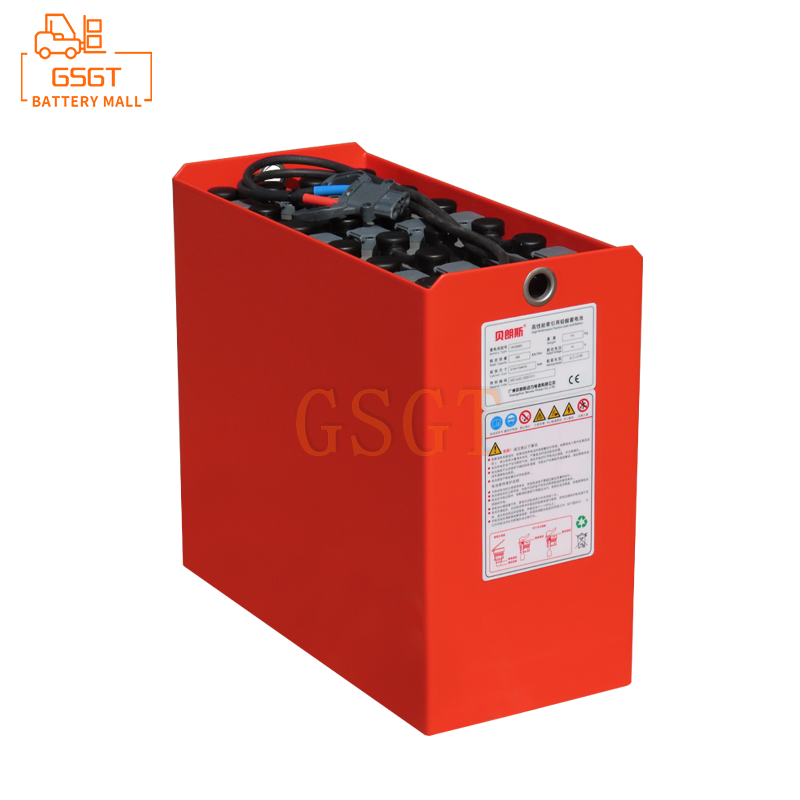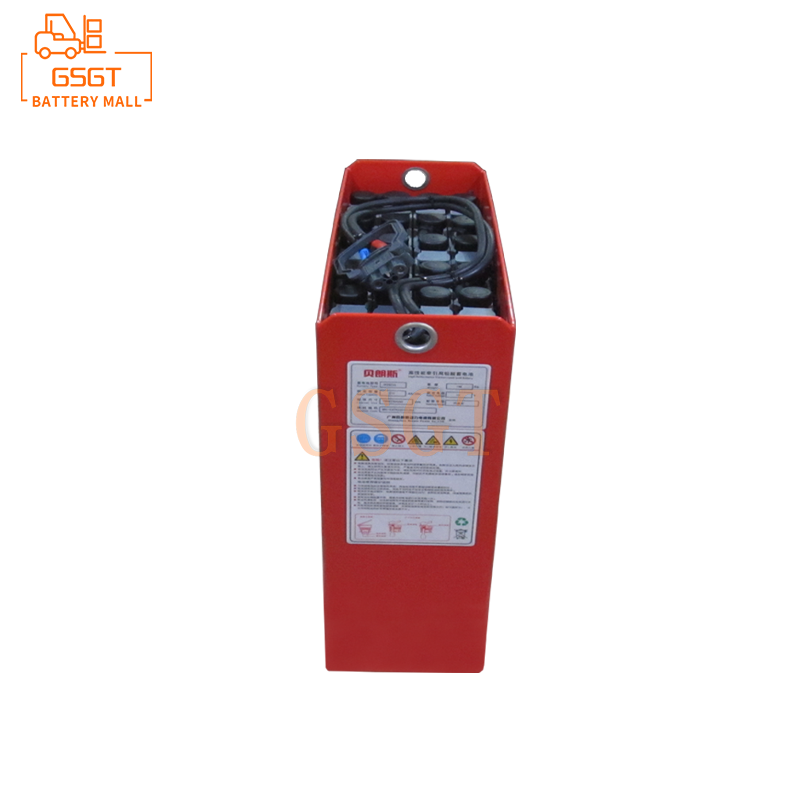Dear friends! Welcome to GSGT Battery Mall! Factory direct sales, quality assurance, sincerely recruit global agents! Email: qh112807@163.com
All Product Categories
LINDE FORKLIFT BATTERY
E10
E12
E14
E15
E15C
E16
E16C
E16P
E18
E18P
E20
E20P
E25
E30
E20(HIGH)-600
E25(HIGH)-600
E30(HIGH)-600
E35
E40
E45
E48
E50
E60
E70
E80
L10
L12
L14
L16
L20
R10
R12
R14
R14S
R16
R16S
R16N
R18
R20
R20N
R20P
R25F
T16
T18
T20
T20AP
T20R
T20S
T20SF
T20SP
T30
T30R
V08
V10
V11
V12
V15
N20
N25
A10
A13
A15
K10
K12
K13
K15
P10
P20
P30
P50
P60
P80
P100
P200
P250
W20
TOYOTA FORKLIFT BATTERY
8FBN15
8FBN16
8FBN18
8FBN20
8FBN25
8FBN30
8FBE10
8FBE13
8FBE15
8FBE18
8FBE20
8FB10
8FB14
8FB15
8FB18
8FB20
8FB25
8FB30
7FB10
7FB14
7FB18
7FB20
7FB25
7FBE10
7FBE13
7FBE15
7FBE18
7FBE20
7FBH10
7FBH14
7FBH15
7FBH18
7FBH20
7FBH25
7FBH35
7FBR10
7FBR13
7FBR14
7FBR15
7FBR18
7FBR20
7FBR25
7FBR30
7FBM16
7FBM18
7FBM20
7FBM25
7FBM30
7FBM35
7FBM40
7FBM45
7FBM50
6FBRJ9
6FBR10
6FBR13
6FBR15
6FBR18
6FBR20
6FBR25
6FBR30
6FBRE10
6FBRE12
6FBRE14
6FBRE16
6FBRE20
6FB10
6FB14
6FB15
6FB18
6FB20
6FB25
6FB30
5FB15
5FB20
5FB25
5FB30
5FBR10
5FBR15
5FBR20
5FBR25
5FBE10
5FBE15
5FBE18
4FB10
4FB14
4FB15
4FB20
4FB25
4FB30
3FB7
3FB9
CBT4
CBT6
JUNGHEINRICH FORKLIFT BATTERY
EJE M15
EFG110
EFG113
EFG115
EFG213
EFG215
EFG216
EFG216kn
EFG218
EFG218k
EFG220
EFG316
EFG316k
EFG316n
EFG318
EFG318k
EFG320
EFG320n
EFG422
EFG425
EFG425k
EFG425s
EFG425ks
EFG430
EFG430k
EFG535k
EFG540
EFG540k
EFG545
EFG545k
EFG550
EFG S30
EFG S40
EFG S50
EJC110
EJC112
EJC212
EJC214
EJC216
EJC220
EJC230
EJC110n
EJC112n
EJC B12
EJC B14
EJC B16
EJC B20
EJC112z
EJC212z
EJE M13
EJE112i
EJE110
EJE114i
EJE114
EJE116
EJE118
EJE116n
EJE118n
EJE120n
EJE220
EJE120
EJE222
EJE225
EJE230
EJE235
ERE220
ERE120
ERE125
ERE225
ERE230
ETV110
ETV112
ETV214
ETV114n
ETV116n
ETV118n
ETV120n
ETV318
ETV216
ETV320
ETV325
ESE220
ESE120
ESE320
ERC212
ERC214
ERC216
ERC220
ESC214
ESC216
ESC316
EJG108
EJG106
EJG110
EJG112
EJG212
EJG214
EJG216
EKX410
EKX412
EKX513
EKX515
EKX514
EKX516
EKX516n
ECE220
ECE225
ECE310
ECE320
EKS110
EKS210
EKS312
EKS513
EKS515
EZS130
EZS330
EZS350
EZS570
EZS580
CROWN FORKLIFT BATTERY
SC 6000
FC 4000
FC 4500
RC 5500
RC 5540
SC 5200
CB 40
CB 50
ESR 5000
RR 5200
RR 5700S
RR 5715
RD 5700S
RM/RMD(S)
RMD 6000S
RM 6000S
WP 2315
WP 2320
WP 2330S
WP 2335S
WP 2340S
WP 3030
WP 3040
WT 3000
WT 3020
WT 3040
WT 3060
ST 3000
SX 3000
WF 3000
WD 2300
WE 2300
SH 5500
WS 2300
SHR 5500
SHR 5520
SHR 5540
GPC 3000
GPC 3020
GPC 3040
GPC 3060
SP 3400
SP 3500
SP 3505
SP 3510
SP 3520
SP 3550H
TSP 6000
TSP 6500
TSP 7000
PW 3500
PE 4000
PE 4500
PR 4500
PC 4500
TR 4500
TR 3600
NICHIYU FORKLIFT BATTERY
FB5
FB7
FB9
FB10
FB14
FB15
FB18
FB20
FB25
FB30
FB35
FB40
FB45
FBT9
FBT10
FBT13
FBT15
FBT16
FBT17
FBT18
FBT20
FBR9
FBR10
FBR13
FBR14
FBR15
FBR16
FBR18
FBR20
FBR25
FBR30
FBR35
FBR40
FBRF10
FBRF12
FBRF13
FBRF14
FBRF15
FBRF16
FBRF18
FBRF20
FBRF25
RB10
RB15
NTT50
NTT75
NTT90
NTT100
PLD10
PLD15
PLD16
PLD20
PLD25
PLD30
FBD7
FBD10
FBD15
FBD18
FBC20
FBC25
FBC30
KOMATSU FORKLIFT BATTERY
FB10EX-11
FB14EX-11
FB15EX-11
FB18EX-11
FB20EX-11
FB25EX-11
FB10EX-8
FB14EX-8
FB15EX-8
FB18EX-8
FB20EX-8
FB25EX-8
FB30EX-8
FB09-12
FB10-12
FB14-12
FB15-12
FB18-12
FB20-12
FB10RL-12
FB13RL-12
FB15RL-12
FB18RL-12
FB20RL-4
FB25RL-4
FB10RS-11
FB13RS-11
FB14RS-11
FB18RS-11
FB10R
FB14R
FB15R
FB16R
FB18R
FB15EXG
FB18EXG
FB20EXG
FB25EXG
Notice
News
Rule
The new function of the self-built station is revealed
Welcome to GSGT Mall - professional manufacturer of lead-acid batteries
Export trade mode User notice
Discussion on the future technology development trend of lead-acid battery
From waste to resources: recycling economy model of lead-acid batteries for used forklifts
Customized services: forklift battery solutions for specific industry needs
Forklift lead-acid batteries and Earth ecology: Ways to protect and balance
Analysis of competitive situation between lead-acid battery and lithium battery
New era of green logistics: Sustainable development of lead-acid batteries for forklifts
The maintenance strategy of lead-acid battery in forklift truck in logistics center and warehouse
Describes the emergency treatment and preventive measures for lead-acid battery leakage
Analysis of the "Answer" of lead-acid battery in extreme environment of forklift truck
On the innovation of lead-acid battery charging technology for forklift truck
Explore the deep application of lead-acid batteries in warehouse storage industry
Notes on the application of lead-acid batteries in Toyota forklifts






